Are you looking for information on trenchless sewer repair pros and cons? If so, you’ve landed on the right page! We’re going to give you a brief introduction to trenchless sewer repair and then get into the pros and cons.
A brief introduction to trenchless sewer repair
Trenchless sewer repair is a minimally-invasive method for fixing damaged sewer pipe that has been around since the 1970s. It was first developed in Europe and was initially used for municipal and industrial (i.e. large diameter) pipe projects.
However, it has advanced in the last 20 years or so and is now used to repair the small diameter pipes you find in single-family homes and high-rise buildings. Unlike old-school methods, trenchless sewer repair doesn’t require digging up lawns or ripping apart walls and in most cases, you’ll be able to stay in your home while the repair is going on.
All about bodybuilding and fitness: 2016 workout routines, workout, fitness, weights, bodybuilding.
It does require a construction permit though and a camera inspection before and after, to make sure that everything has been completed correctly.
Here are four of the most common types of trenchless sewer repair:
- Structural Pipe Lining or Cured-In-Place-Pipe Lining (CIPP)
- Spray Lining and Brush Coating
- Pipe Bursting
- Slip Lining
Now, let’s take a look at trenchless sewer repair pros and cons…
Cured in place pipe lining (aka CIPP or structural pipe lining)
Structural pipe lining involves using a special two-part epoxy resin and an absorbent tube, made of felt, fiberglass, or other material, to create a new pipe within the damaged one. It was first developed in Europe (way back in the 1970s) but has gained popularity in the US because it gets the job done in a fraction of the time and without destroying property.
The process involves inserting an epoxy-impregnated liner into the damaged pipe and then inflating it. The liner is then left to cure ambiently or the curing can be accelerated with steam or UV lighting systems. After it has cured for several hours it’s removed and the pipe is as good as new.
Pros of cured in place pipe lining
- Cost – Cured in place pipe lining saves you about 30-40% compared to the cost of traditional methods. It’s less expensive because it uses less man-hours and doesn’t require digging up your property.
- Destruction – Cured in place pipe lining lining is minimally-invasive. This means that most repairs can be made without the need to create any “access-points” (holes) in your floors, walls, ceilings, etc. Repairs are mostly performed via existing access points such as outdoor clean outs, manholes, or roof vent openings.
- Turnaround Time – It’s fast. This particular type of trenchless sewer repair can usually be completed from start to finish in 2-3 days (a day for cleaning, a day for lining, and a day for reinstatement). Traditional methods may take weeks in some cases.
- Longevity – The rehabilitated pipes last a long time. They’re very durable, resist corrosion, and have a 50-year life use expectancy.
Cons of cured in place pipe lining
- Pipe Requirements – Since the liner takes the shape of the host pipe, the existing pipe can’t be either collapsed or backpitched.
- Downtime – The epoxy used in CIPP can take up to a day to cure. However, even when this happens, CIPP is still faster than old-school methods.
- Ineligible Pipes – CIPP does not work with Orangeburg (tarpaper) pipes or pipes that are extremely fragile. Fragile pipes may get damaged during the hydro-jetting process used to clean them prior to inserting the liner.
CIPP also doesn’t work well on very small pipes 2 inches in diameter or less or pipes with many bends. In these cases, we use spray lining.
Something to keep in mind…
Not many contractors perform CIPP. You might have to look around for a contractor near you who has experience with it. Of course, if you’re anywhere around Los Angeles County, you can give Sewer Pros a call!
Spray Lining and Brush Coating
These two trenchless sewer repair methods are similar to CIPP, except they’re not “structural” because they don’t use a felt or fiberglass liner. Instead, they coat the structure of the host pipe with either an epoxy, flexible polymer, or other resin. The resin can either be sprayed on or brushed on. The result is the same. (Different resins are available for different applications. Flexible resins are often used for vertical pipes in high rise buildings because the rigid epoxy might crack when the building moves.)
Spray lining or brush coating is great for halting corrosion in cast iron pipes or eliminating sewer gas from leaky joints. These two methods can also be used on pipes as small as 1.5 inches in diameter.
Pros of spray lining and brush coating
- Cost – Both spray lining and brush coating will save you anywhere between 30 and 40% off the costs of traditional methods.
- Destruction – Typically no digging or destruction is required with spray lining or brush coating. The equipment used is very flexible so it can be inserted directly through clean out caps, roof vent openings, or other access points.
- Turnaround Time – These two trenchless sewer repair techniques can get the job done in hours rather than days.
- Longevity – Both the epoxy and the flexible polymer resin come with a 15-year materials warranty.
Cons of spray lining and brush coating
- Pipe Requirements – Works best on smaller pipes between 1.5” to 6” in diameter. (However, there are systems out there for larger pipes.) Any cracks or holes must also be small.
- Downtime – It does take anywhere from several hours up to a day for the epoxy or polyurea resin to cure.
- Ineligible Pipes – Pipes that are collapsed or missing large sections.
Pipe bursting
Pipe bursting is another trenchless method for fixing damaged sewer pipe. It involves pulling an HDPE (high-density polyethylene) replacement pipe (the same size or larger) into the old pipe via a winch. A bursting head leads the way and breaks up the damaged pipe so the replacement pipe can take its place.
Sewer Pros recommends using this process to replace sewer lateral lines (the pipe connecting your private sewer to the public main). This is because pipe bursting is cheaper, faster, and provides a more durable end product than other trenchless methods and the cost to replace sod is minimal.
Pros of pipe bursting
- Cost – Pipe bursting is cheaper than other trenchless methods as CIPP. Also, digging is kept to a minimum. This is because you don’t have to hire someone to replace torn up lawns and flower beds. The labor costs are also lower because the job requires minimal man-hours.
- Destruction – This is a minimally-invasive trenchless technique and that means digging is kept to a minimum. Pipe bursting only requires two 4’ x 4’ pits at each end of the pipe to be replaced, typically in the grass.
- Turnaround time – Pipe bursting gets the job done quickly. Less digging means less time spent backfilling soil.
- Longevity – The HDPE replacement pipes are durable and come with a 50-100 year life use expectancy. They won’t rust, erode, or corrode.
There are a couple of other advantages to pipe bursting…
It allows you to install a bigger sewer line. This is because it’s possible to replace the damaged pipe with a new pipe the same size or larger.
Pipe bursting has also been around for a long time. It’s a time-tested way of replacing damaged pipes.
Cons of pipe bursting
- Pipe requirements – The pipe being replaced needs to be longer than 15 feet. This is because two pits are required for pipe bursting, an entry pit, and a receiving pit. Each pit is about 4 ft. x 4 ft. and there has to be some stable soil between them.
- Downtime – There isn’t any downtime apart from the time it takes to complete the procedure. Unlike the other trenchless techniques discussed here, pipe bursting doesn’t require an epoxy or a resin that needs time to cure.
- Ineligible pipes – If your damaged pipe is improperly graded or pitched, pipe bursting isn’t going to fix your issues.. Conventional methods will need to be used in order to correct the grade. Pipe bursting also won’t work if the damaged pipe has already collapsed.
Slip lining
Slip lining is an older trenchless sewer repair technique for larger pipes that dates all the way back to the 1940s. It involves pulling a smaller diameter pipe (usually HDPE) into an existing pipe and then filling the space between them with grout. For obvious reasons, this can reduce the flow capacity of the plumbing system.
Note: We don’t do slip lining at Sewer Pros because we specialize in smaller diameter pipe work (between 2” and 12”).
Pros of slip lining
- Cost – Slip lining is cost effective because it’s a trenchless technique, meaning minimal destruction.
- Destruction – As with all trenchless techniques, there’s less digging than conventional methods.
- Turnaround Time – Installation time varies depending on the length of pipe being installed, but is still faster than conventional methods.
- Longevity – The durable replacement HDPE pipe has a 50-100 year life use expectancy.
Cons of slip lining
- Pipe Requirements – Slip lining is only appropriate for larger pipes (non-residential) because there’s some room for the diameter to be reduced.
- Downtime – The only downtime is the time it takes to complete the procedure.
- Ineligible Pipes – Slip lining is not recommended for small diameter pipes because it would reduce the diameter and flow capacity too much.
Slip lining also doesn’t work on pipes with bends because the replacement pipe isn’t flexible enough. It works best on long, straight pipes.
Slip lining is impossible with severely damaged pipes because the structural support isn’t there. Also, if there are deformities in the pipe, slip lining won’t work because the liner needs clearance to be inserted into the damaged pipe. In such cases, pipe bursting is often a better solution.
A couple of other things to keep in mind about slip lining…
Slip lining is more invasive than other trenchless techniques and requires digging a larger pit for lowering the replacement pipe sections. Also, the grouting of annular space must be done properly or the new pipe could buckle.
How do I find a contractor that does trenchless sewer repair?
You’re going to need to do some homework before you hire a contractor for trenchless sewer repair. Make sure you,
- Verify that the contractor is certified by a reputable manufacturer to do trenchless repairs. Not all of them are.
- Verify that the contractor has insurance. Don’t take anyone’s word for it. Ask to see proof.
- Verify that the contractor has experience. How many years have they been in business?
- What’s the contractor’s BBB rating?
- Do they own their own equipment? This indicates they’re not a fly-by-night business. The equipment necessary to perform trenchless sewer repair isn’t cheap.
- Do they offer a warranty?
- Ask for references and then check them.
- Ask people you trust for recommendations.
- Do a search on Google for “trenchless sewer repair” and your city’s name
We’re Sewer Pros, a licensed and insured contractor in Los Angeles and Orange counties that specializes in trenchless sewer repair techniques. Contact us today at (310) 208-0525 to find out how we can save you both time and money!


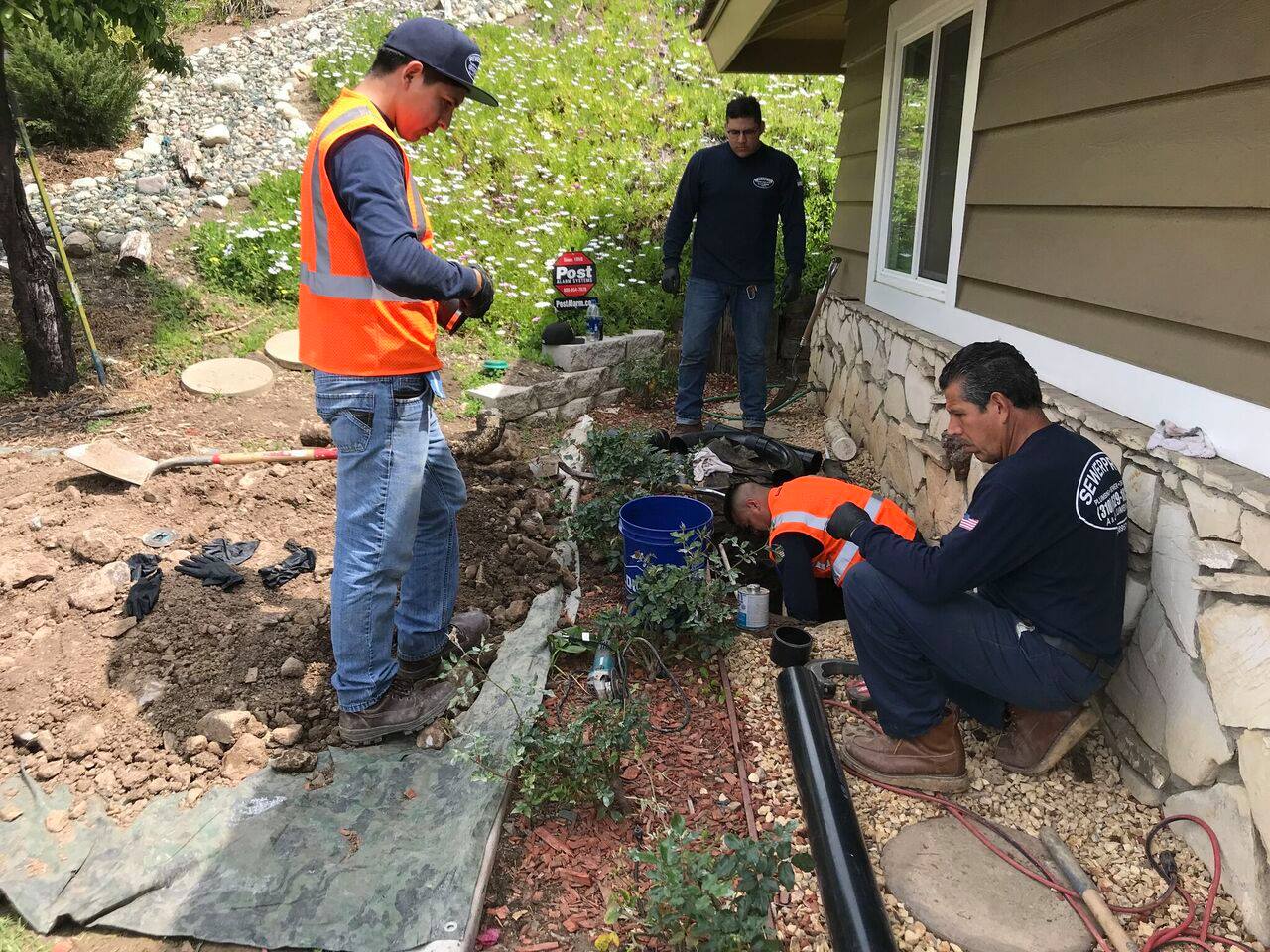
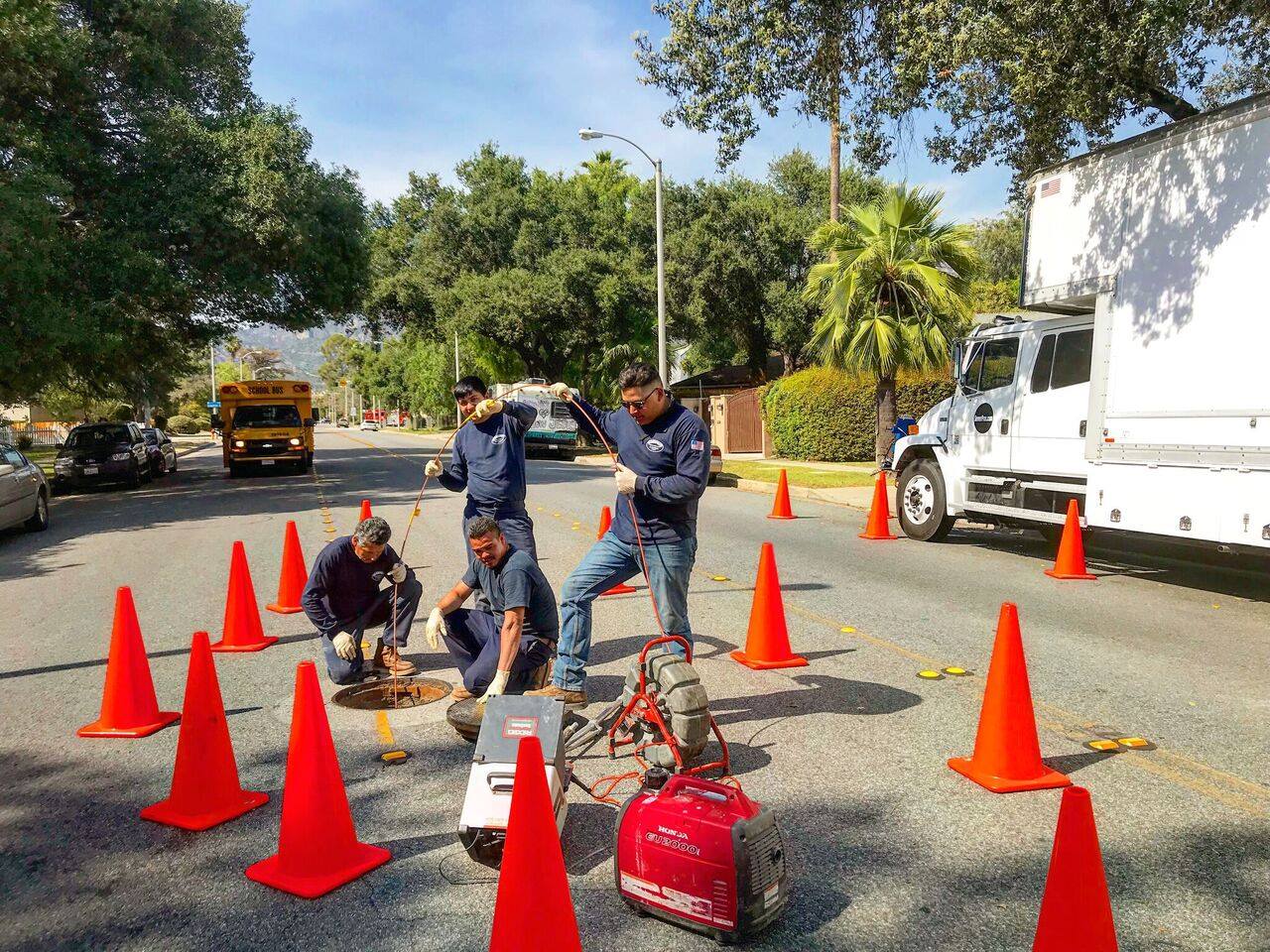
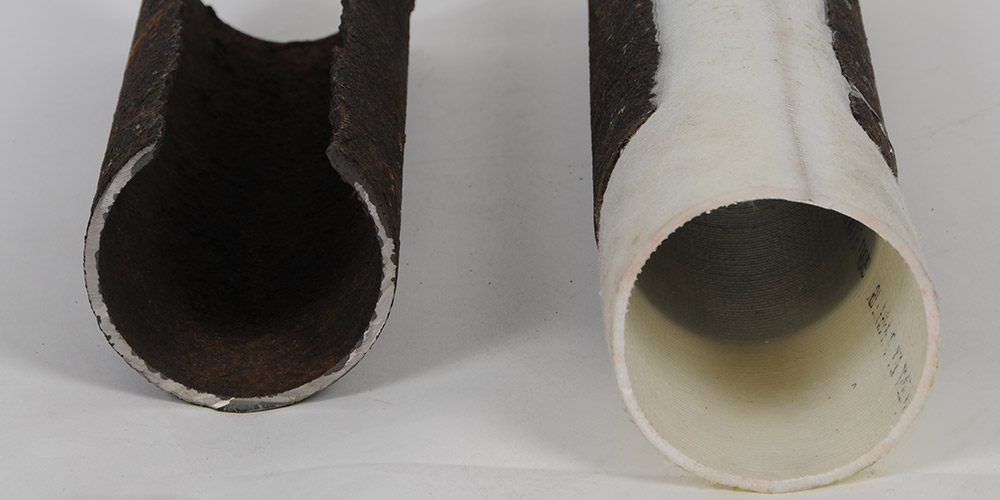
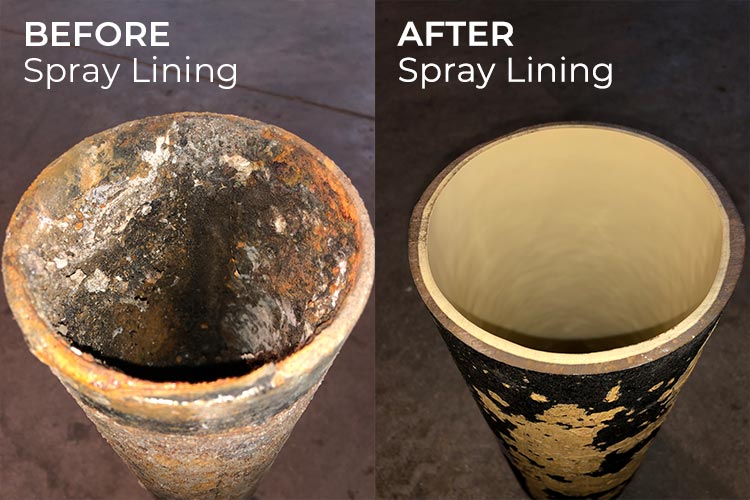
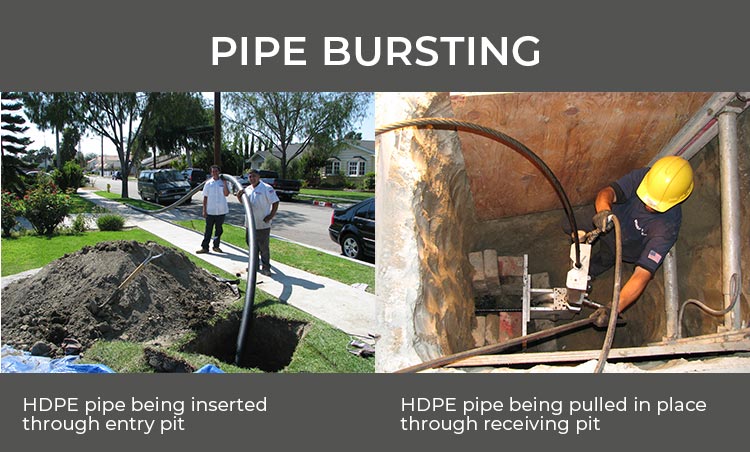
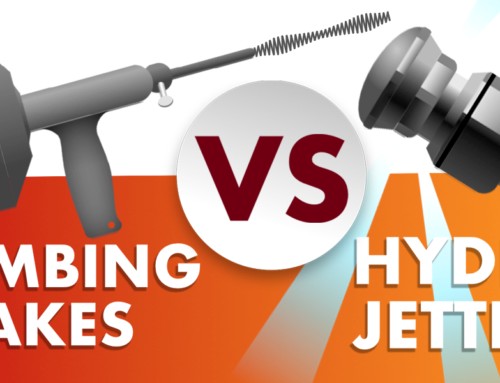
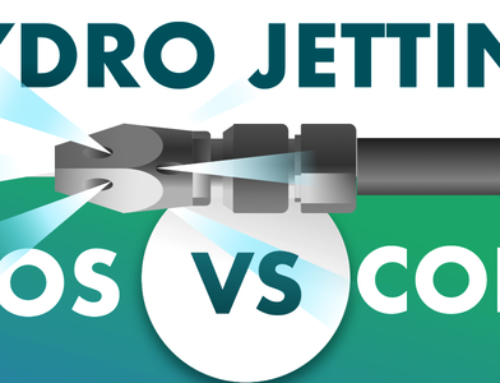


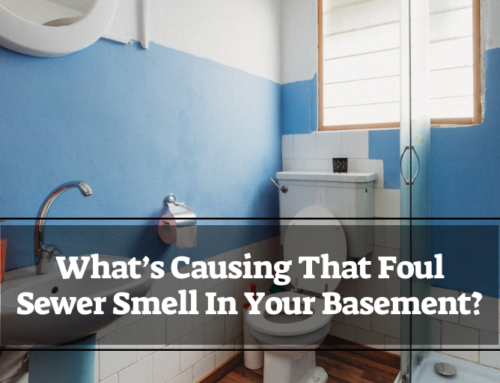
Leave A Comment